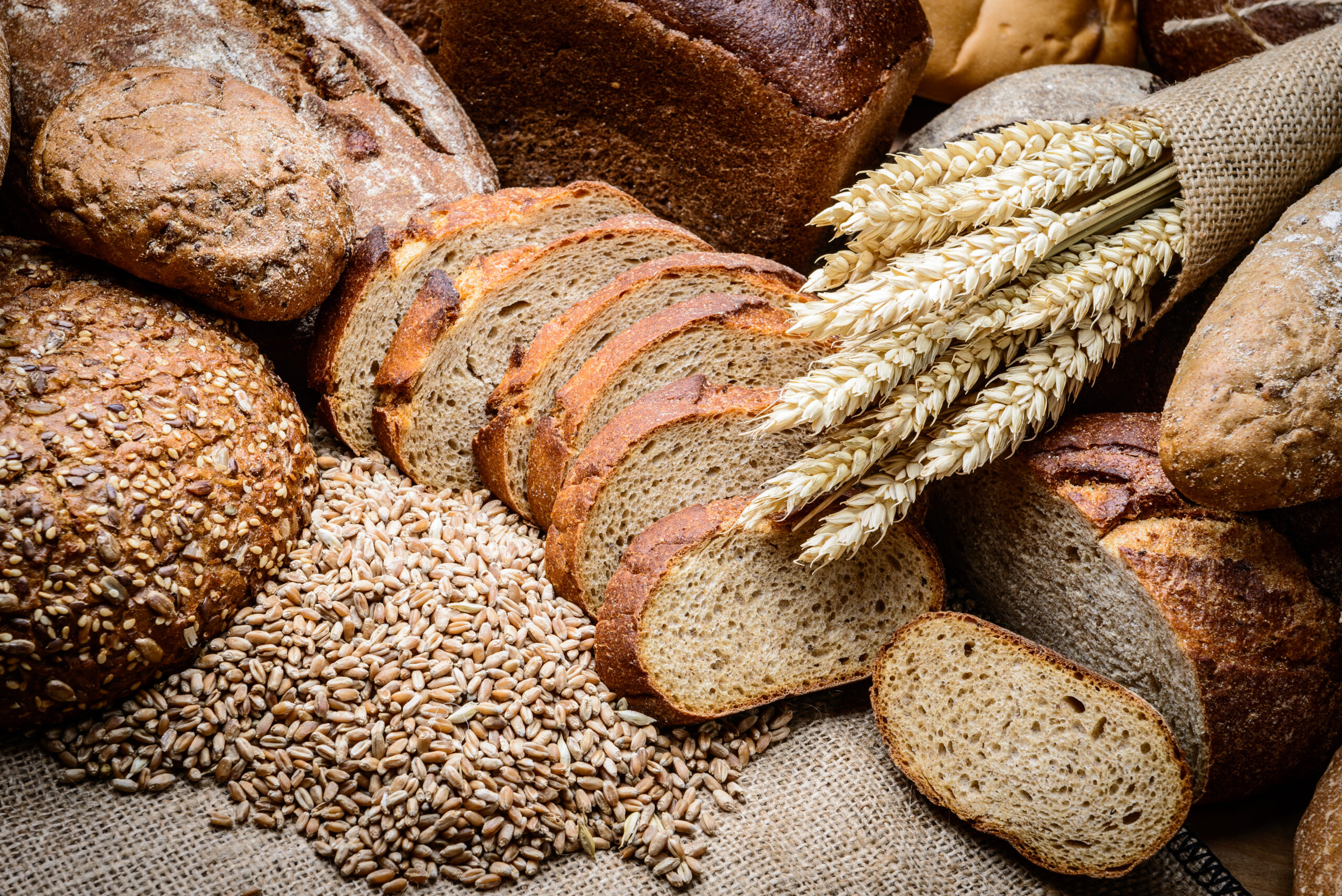Bread doesn’t have to be the enemy in weight loss, but choosing the right type is crucial.
Story Snapshot
- Thinly-sliced whole-wheat bread is recommended for weight loss by dietitians.
- Whole-grain bread is linked to better weight management compared to refined bread.
- High fiber content in whole-wheat bread supports satiety and calorie control.
- Recent guidelines emphasize fiber intake, supporting whole-wheat bread inclusion.
The Role of Whole-Wheat Bread in Weight Loss
Thinly-sliced whole-wheat bread is gaining recognition as a valuable component of weight loss diets. Unlike its refined counterparts, whole-wheat bread is high in fiber and lower in calories, making it suitable for those looking to manage their weight. Nutrition experts highlight that the fiber content not only fosters a feeling of fullness but also aids in controlling calorie intake, aligning with the 2020-2025 Dietary Guidelines for Americans.
Recent systematic reviews and meta-analyses further support the benefits of whole-grain bread. These studies show its association with lower weight gain and reduced abdominal fat compared to refined bread. As consumer awareness grows, dietary habits are shifting towards incorporating more whole-grain options, with dietitians championing these choices for effective weight management.
Watch:
Understanding the Fiber Factor
The importance of fiber in a weight loss plan cannot be overstated. Over 90% of the U.S. population does not meet recommended fiber intake levels, highlighting a significant dietary shortfall. Whole-wheat bread offers a practical solution by contributing to daily fiber needs, thus supporting metabolic health and weight management. This aligns with the broader public health message encouraging increased fiber consumption for improved health outcomes.
As consumers become more health-conscious, the demand for whole-grain and specialty breads, such as sprouted or sourdough varieties, is rising. These products not only meet dietary fiber needs but also provide a nutrient-dense alternative to traditional refined breads. However, experts caution consumers to scrutinize labels for authentic whole-grain content to ensure they reap the intended health benefits.
The Economic and Social Impact of Bread Choices
Economic and social dynamics are shifting as consumers embrace whole-grain breads. The increased demand for these healthier options is driving innovation within the bread industry and influencing market trends. Politically, this trend could affect future dietary guidelines and food labeling regulations. Socially, the stigma surrounding bread consumption is being challenged, promoting a more balanced perspective on carbohydrates.
The implications of these changes extend beyond individual dietary choices. A collective shift towards whole-grain breads could potentially reduce obesity rates and improve public health outcomes related to fiber intake, such as a decreased risk of type 2 diabetes and heart disease. As such, the narrative around bread is evolving, highlighting its potential role in a balanced and healthful diet.
Sources:
Critical Reviews in Food Science and Nutrition
Noom: Best Breads for Weight Loss
PMC Article
PubMed: Whole-Grain Bread and Obesity Risk









